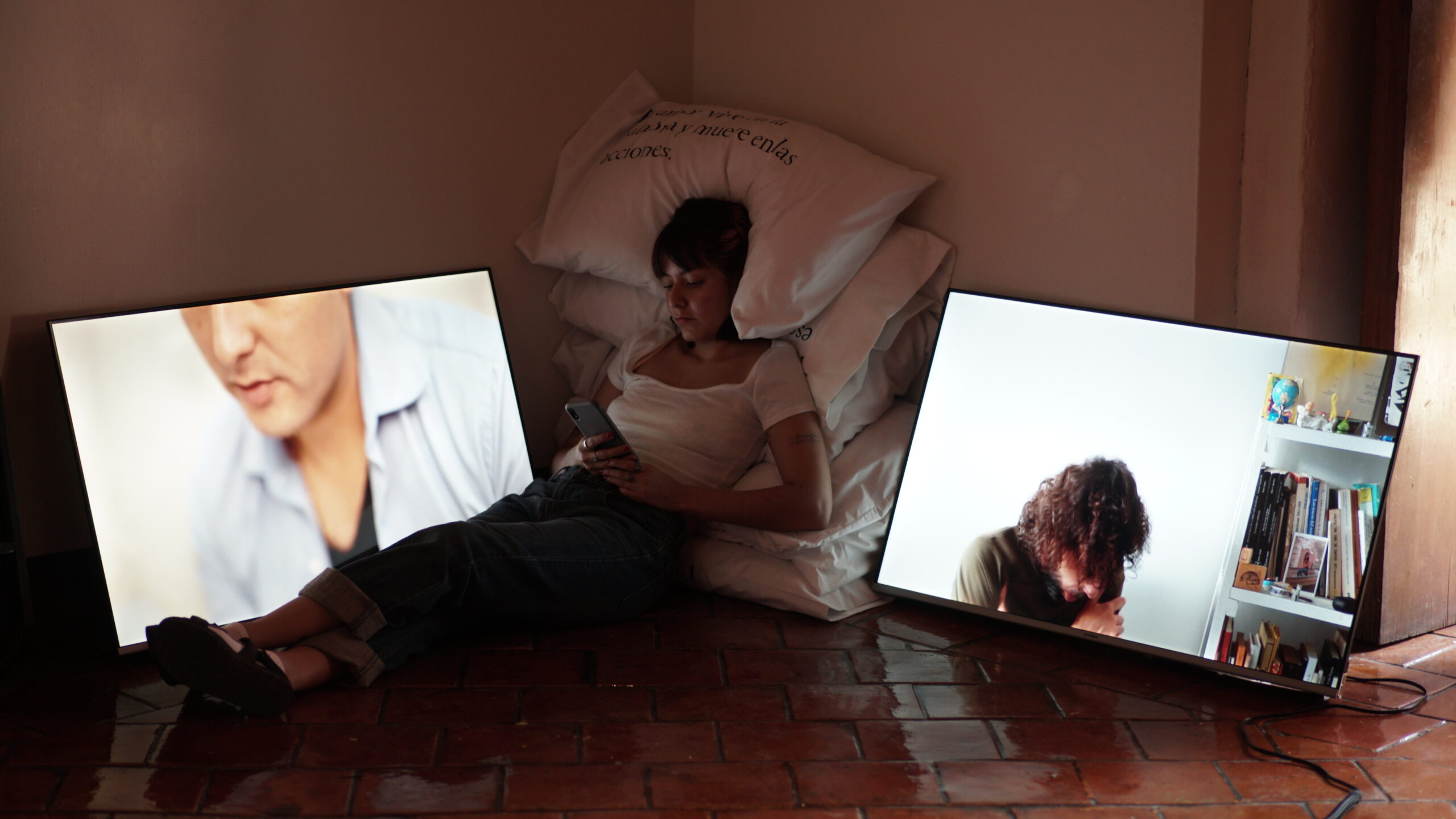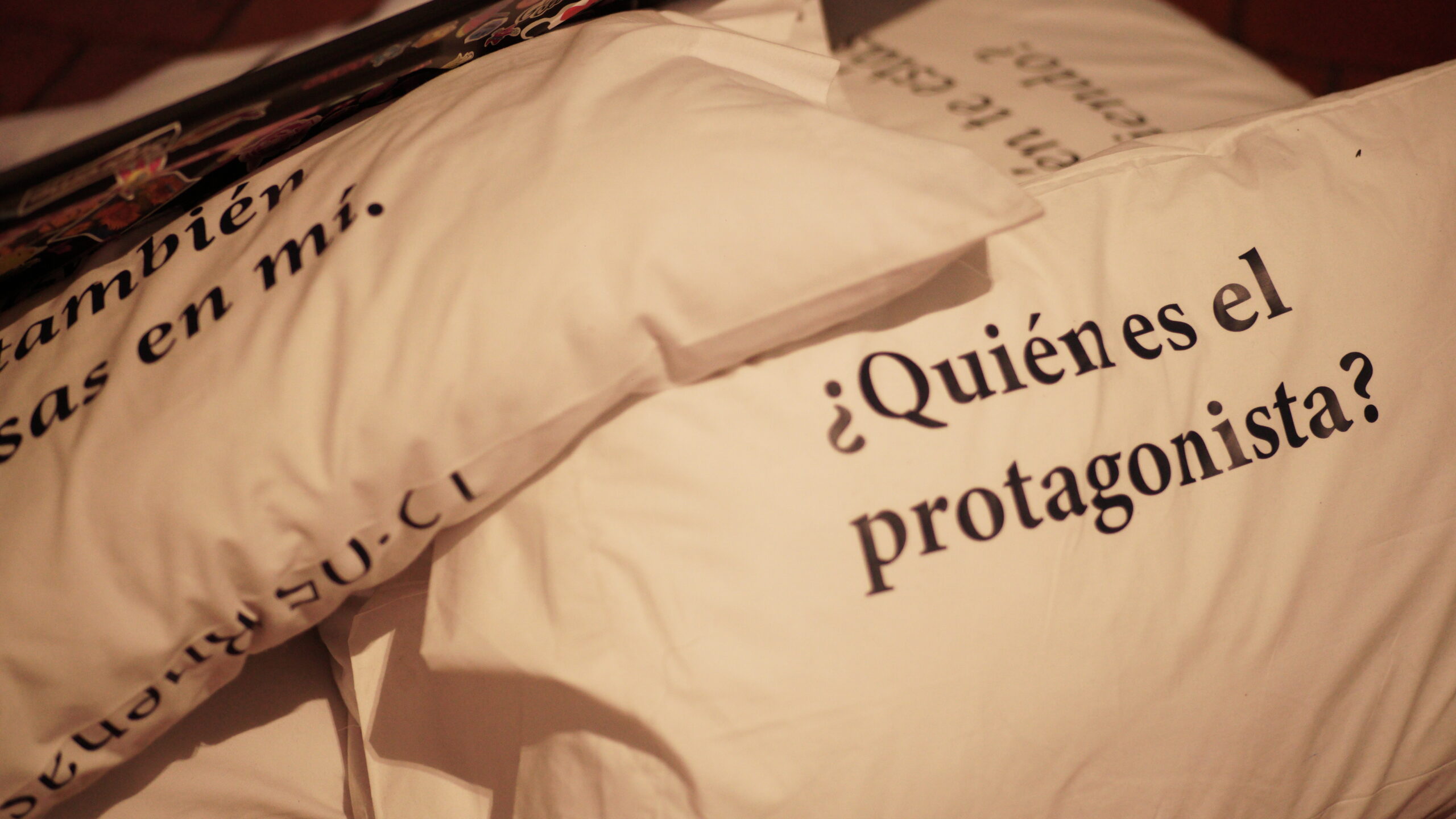Arrogante Albino
(Guadalajara, Jalisco, México, 2016)
Artists’ laboratory given over to developing transdisciplinary projects that has developed alternative pedagogy workshops and creation labs dedicated to body-arts and somatic experimentation. Its work has exhibited in Mexico, Spain and the United States. Standout shows include Seis motivos, at the Galerie Nordenhake, and I See You, presented at the Savannah College of Art and Design Museum of Art. It released the music album Cancionero de la sexual disidencia tapatía on internet transmission platforms in collaboration with ROSAS and producer Ferdinando Capacete. The laboratory has additionally participated in DespertaLab, a Barcelona-Mexico exchange and did an artist-in-residence stint at Nau Ivanow and a season at Sala Atrium. Arrogante Albino exists thanks to exchange and various local artists’ willingness to participate; it has organized events, built bridges, put on concerts, recorded musical albums and staged encounters in spaces dedicated to the visual and performing arts.
Fuera de campo, 2024
Video installation, endurance art
In memory of Alan Olivares (†)
Direction: Arrogante Albino
Performers: Cravioto, Nayely Espinosa, Jorge Flores “Templa”, Leslie Huichapa, Amiyatzín Murrieta, Danna Sánchez, and Paula Reyes-Pérez
Actors in the video: Jesús Estrada Escobedo, Emiliano González, Héctor Jiménez Castillo, Natalia Martínez Mejía, Ilián A. Mejía Amezcua, Alejandro Mendicuti, Darío Millán Mejía, Alan Olivares (†), Ruth Ramos, Elizabeth Tapia, and Carolina Vázquez-Chau
Fuera de campo takes its name from a term in the audiovisual arts (“offscreen”) that describes what’s happening beyond a shot’s framing. Live performances will interact with this video installation at different times during the Biennial. This project began with a laboratory exercise for Art Department students and graduates at the University of Guanajuato. The goal was to explore the role of fiction in narratives during the editing phase and how video and text can be used as truth-producing technologies and mechanisms for self-narrative. The result of the laboratory exercise is a film fragmented onto three screens and expanded into space through texts, props, elements that comprise a set, and the actions of bodies that complete or direct the meaning of a scene. The work generates new relationships and interpretations of the images through the use of juxtaposition. The installation is a pastiche: a collage of the participants’ words, images, stories, and references—a character comprised of fragments. The film is, in actuality, many films that accumulate and morph over time.
bienal



